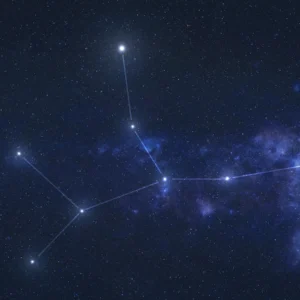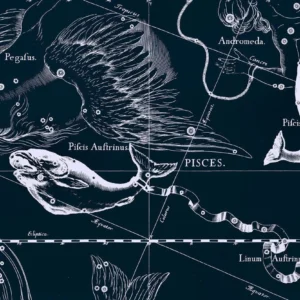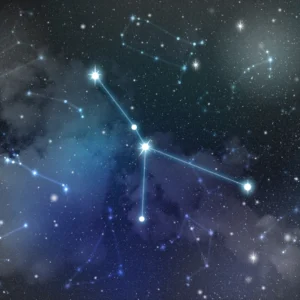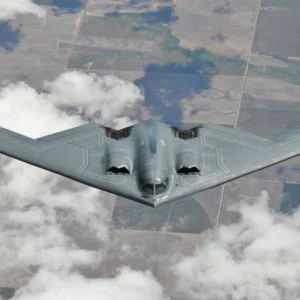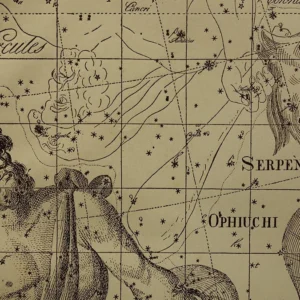The Taurus constellation (Latin: Taurus) is one of the best-known in the winter sky. You can easily spot it by its bright reddish star Aldebaran, and its distinct V-shaped “bull’s face,” with horns pointing toward Orion.
According to NOIRLab, Taurus lies between Aries and Gemini, with Orion just to the south – a perfect landmark to start your search. This “celestial bull” is one of the 12 zodiac constellations and has one of the richest mythological histories in the world.
Taurus covers about 797 square degrees, making it the 17th largest of the 88 modern constellations recognized by the International Astronomical Union.
The Myth of Zeus’s Bull
In Greek mythology, Taurus represents Zeus, who turned into a white bull to abduct Europa, the daughter of a Phoenician king. The story says he carried her across the sea on his back and later placed the image of the bull in the sky.
The myth connects nature, love, and strength. The bull became a symbol of spring renewal, awakening life, and power. It’s no coincidence that the Sun passes through Taurus during this time, marking the start of a new cycle.
In early astronomy, Taurus was one of the first constellations used by farming civilizations. Its stars helped people know when to plant crops and when to expect rain.
When and Where to See Taurus
You can see Taurus from November to March, but it’s easiest to spot in December and January when it’s highest above the horizon. It’s visible almost everywhere in the Northern Hemisphere.
Taurus is easy to locate. If you find Orion, you’ll soon spot Taurus. Just draw an imaginary line upward through Orion’s Belt – it leads straight to the bright red-orange star Aldebaran, the bull’s “eye.”
Around Aldebaran is the Hyades star cluster, and just above it is the Pleiades (M45). These two clusters form the most recognizable part of Taurus. As NASA astronomers say, “If you can see the Pleiades, you’re already standing near Taurus.”
Step-by-Step Guide – How to Find Taurus
Before you start, know that Taurus’s stars aren’t random dots – they form a clear shape. The center makes a V-shaped “bull’s face”, and above it shine the Pleiades, or “Seven Sisters.”
For the best view, choose a moonless night away from city lights. Give your eyes 10–15 minutes to adjust to the dark. That’s when the full sky view appears.
Here’s your step-by-step guide:
- Find Orion. It’s the easiest starting point. In the middle, you’ll see three bright stars in a straight line – Orion’s Belt. They shine bluish-white and are visible even in cities.
- Draw a line upward and slightly left from Orion’s Belt. It leads to Aldebaran, the brightest star in Taurus. It glows orange-red and marks the bull’s eye. If you see a red star near two white ones – that’s it.
- Spot the V-shape. Around Aldebaran are stars forming the Hyades cluster – the bull’s “face.” Under good conditions, you’ll see 5–6 bright stars shaped like open horns.
- Find the Pleiades – the “jewel” above the horns. Look slightly higher for a small misty patch of tiny blue-white stars. That’s the Pleiades (M45), or the “Seven Sisters” – one of the most famous star groups in the world. You can see them even without a telescope.
- Use binoculars for a deeper view. With 10×50 binoculars, you’ll see dozens of stars in the Hyades and up to a hundred in the Pleiades. With a telescope, look for the Crab Nebula (M1) – the remains of a supernova from 1054 CE, north of the star Zeta Tauri.
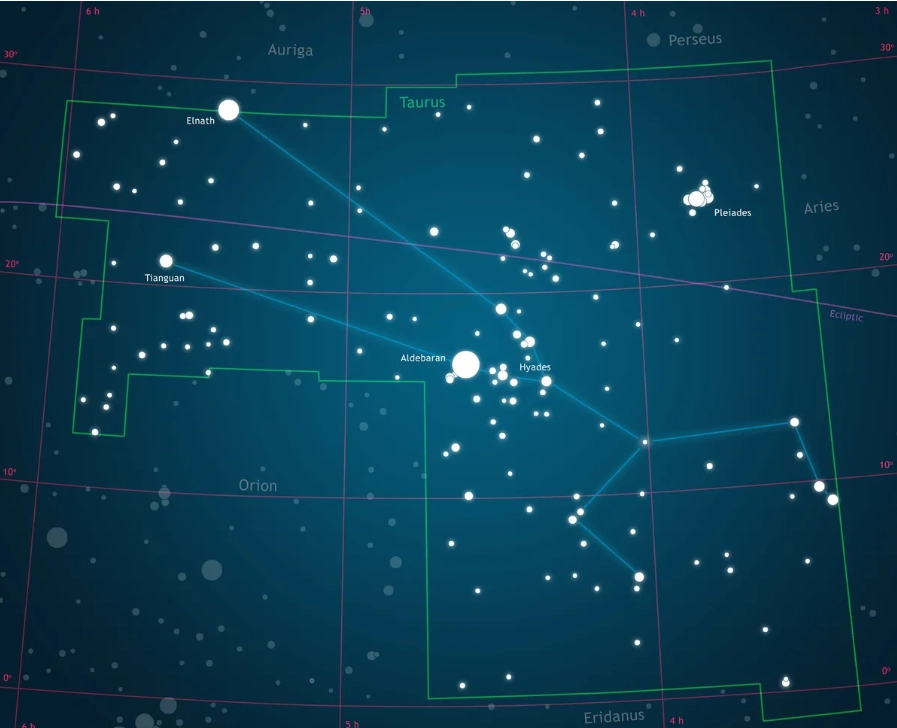
A little tip for remembering how to find the constellation Taurus:
- Orion – your landmark.
- Aldebaran – the bull’s red “eye.”
- Hyades – the V-shaped head.
- Pleiades – the shining “jewels” above the horns.
Tip from NOIRLab astronomers: For the clearest view, observe during a moonless period so faint stars don’t get washed out. The best time is after 9 p.m. in December.
The Main Stars of Taurus
To recognize Taurus, you need to know a few key stars. They form its signature V-shaped figure. You can see this shape even without a telescope, but its full beauty appears through binoculars.
Remember: Taurus isn’t just a few stars – it includes two large clusters: the Hyades (the V-shaped head) and the Pleiades (on its “back”). These make Taurus one of the most photogenic constellations in the winter sky.
The main stars of the constellation Taurus
| Star Name | Other Designation | Brightness (Magnitude) | Description |
| Aldebaran | α Tauri | 0.85 | The bull’s eye – an orange giant 44 light-years away |
| El Nath | β Tauri | 1.7 | The bull’s horn – a double star on the border with Auriga |
| Alcyone | η Tauri | 2.8 | The brightest star in the Pleiades, a hot blue giant |
| Hyades | — | — | The closest star cluster to Earth – 153 light-years away |
| Pleiades (M45) | — | — | A young cluster of over 800 hot type-B stars |
All these stars together form the graceful figure of a bull moving across the sky – a sight humans have admired for thousands of years.
Taurus in Science
Taurus is fascinating not just for its beauty but also for its science. It’s home to the Crab Nebula (M1), the remains of a supernova observed by ancient Chinese and Arab astronomers in 1054 CE. Today, it’s one of the most studied objects in the Milky Way.
Inside the nebula is a pulsar – a neutron star spinning about 30 times per second and emitting radio and X-ray waves. It’s a real cosmic lighthouse.
Taurus also contains several star systems with planets similar to ours. One of them, HD 37124, is considered a promising target for exoplanet research.
10 Amazing Facts About Taurus
Before moving on to the facts, it is worth noting that Taurus is one of the few constellations that has both ancient cultural significance and powerful scientific potential. Here are ten facts that capture this duality:
- Taurus is the second zodiac constellation, symbolizing spring renewal.
- It covers 797 square degrees – larger than Gemini and Cancer.
- Aldebaran is 150 times brighter than the Sun.
- The Pleiades are visible even from cities – one of the easiest clusters to spot.
- The Crab Nebula (M1) was the first entry in the Messier catalog.
- In ancient Sumer, Taurus was the “Heavenly Bull”, symbolizing rain and fertility.
- In Japan, the Pleiades are called Subaru – the car brand is named after them.
- Taurus contains dozens of young stars, which astronomers use to study star formation processes.
- It’s visible from both hemispheres, but best seen in the Northern one.
- For the ancient Maya, Taurus marked the start of the farming year.
Taurus links the past and the future – its stars once shone over ancient temples, and now they’re studied by orbital telescopes.
Conclusion
Taurus isn’t just a group of stars. It’s a story of observation, strength, and harmony. It connects myth with science, the past with the present, beauty with precision. When you look up at the winter sky and see the red light of Aldebaran, remember – people watched that same star thousands of years ago, and others will look at it long after us.
FAQ
When Is Taurus Best Visible?
In December and January, it’s highest above the horizon.
How Can I Find It Without a Telescope?
Draw a line upward through Orion’s Belt – it points straight to the reddish star Aldebaran.
What Are the Pleiades and Hyades?
They’re two star clusters that form Taurus’s main features. The Pleiades are the “Seven Sisters,” and the Hyades form the bull’s V-shaped face.
What Can I See Through a Telescope in Taurus?
Through a telescope, the following can be seen in the constellation Taurus:
- The Crab Nebula (M1), the remains of a 1054 supernova.
- The bright star cluster “Seven Sisters”.
- The Hyades, the closest V-shaped cluster to Earth.
- Aldebaran and El Nath, two of the constellation’s brightest stars.
Why Is Taurus Important for Science?
Because it contains both young and old star systems – perfect for studying how stars evolve.


